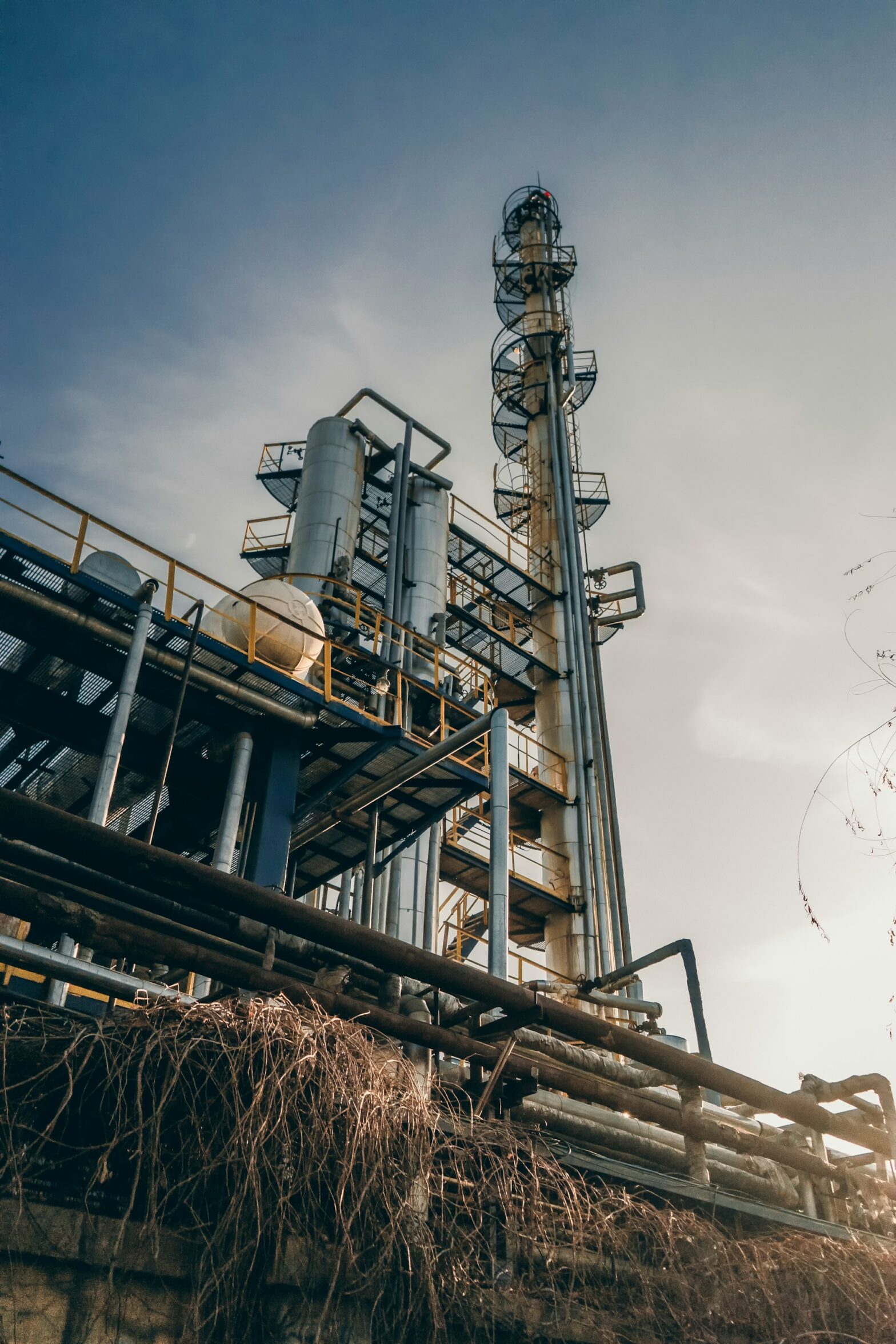Industrial CIPP technology has transformed how municipalities, contractors, and facility managers approach pipe rehabilitation. Instead of resorting to costly and disruptive excavation, cured-in-place pipe systems provide a trenchless, reliable alternative that restores pipe performance with minimal downtime.
This advanced method has become a top choice across industries for its ability to extend pipeline life, reduce costs, and minimize environmental impact. But to understand why it’s so effective, it helps to take a closer look at how it works and what sets it apart from traditional repair methods.
What Is CIPP Technology?
Cured-in-place pipe (CIPP) is a trenchless rehabilitation process that repairs existing pipelines without the need for digging or pipe replacement. The process involves inserting a flexible liner into the pipe. Once in place, the liner inflates flush against the host pipe, and cures using heat, steam, or UV light. This forms a solid, seamless new pipe inside the old one.
This creates a structurally sound, corrosion-resistant pipe-within-a-pipe that restores flow capacity and integrity, often with a lifespan exceeding 50 years. Because the method doesn’t require full excavation, it drastically reduces surface disruption and overall project time.
Key Advantages of Industrial CIPP
- Minimal Excavation: Traditional pipe replacement requires large-scale digging, traffic detours, and property disruption. CIPP eliminates those challenges.
- Cost Efficiency: By reducing labor, restoration, and downtime expenses, CIPP offers a cost-effective solution for repairing long sections of pipeline quickly.
- Durability: After curing, the new pipe is resistant to corrosion, cracking, and joint separation. It can withstand heavy loads and harsh environmental conditions.
- Versatility: CIPP rehabilitates pipelines of varying diameters and materials. This includes clay, concrete, steel, PVC, and cast iron. This adaptability makes it ideal for stormwater, wastewater, and industrial process systems.
- Environmental Benefits: Because there’s no need for extensive digging or pipe removal, CIPP reduces soil disturbance, waste generation, and carbon emissions compared to traditional replacement methods.
The CIPP Installation Process
Each project follows a carefully engineered process to ensure precision and long-term reliability.
- Inspection and Cleaning: Inspect the existing pipe using CCTV technology to identify damage, blockages, and defects. Clean the pipes to create a smooth surface for liner installation.
- Liner Preparation: Place a custom-fabricated liner with special resin that hardens under heat or UV light.
- Insertion: The liner is inserted into the pipeline using inversion or pull-in methods, depending on the pipe size and configuration.
- Curing: Heat, steam, or UV light activates the resin, transforming the liner into a rigid, load-bearing pipe.
- Final Inspection: Once cured, technicians conduct a post-installation inspection to confirm structural integrity and flow restoration.
This seamless, joint-free process minimizes infiltration, exfiltration, and root intrusion.
As resin materials, curing methods, and robotic installation systems continue to evolve, the efficiency and precision of CIPP projects are improving year after year. Today’s technology enables faster curing, reduced material waste, and enhanced structural performance. For property owners, municipalities, and contractors, these advancements translate into lower costs, quicker turnaround times, and stronger long-term results.
Contact Us Today
Pipeline repair no longer has to mean excavation, delays, and disruption. With Industrial CIPP, you can restore pipeline function safely, efficiently, and cost-effectively. This extends service life while minimizing environmental impact.
If you’re planning an upcoming rehabilitation project or want to explore how trenchless technology can save time and money, contact us today to speak with a pipe rehabilitation specialist and learn more about advanced CIPP solutions.
